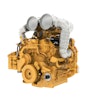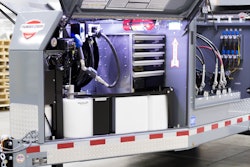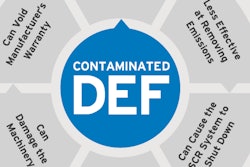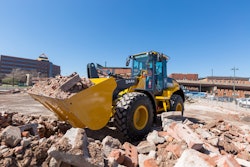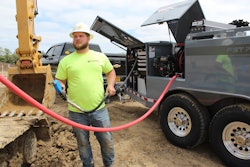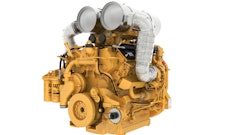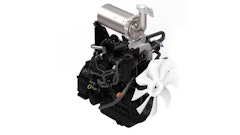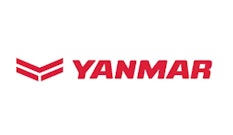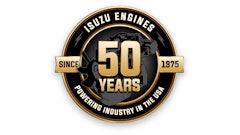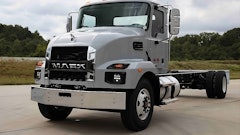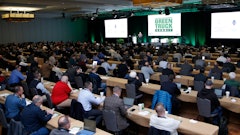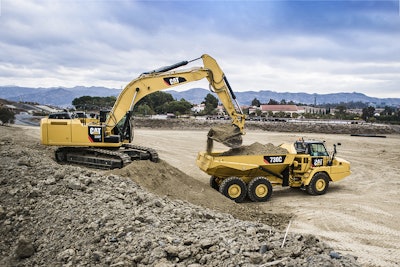
I recently read a pretty startling statistic—in the next year, the off-highway engine market will consume about 20 million gallons of Diesel Exhaust Fluid (DEF). In the next five years that number is projected to rise to 260 million gallons. That’s a lot of equipment running with DEF. DEF does require special attention in its use and storage, so here’s a quick hit list to help you and your crew handle it effectively.
Is all DEF the same?
You should always use DEF that meets OEM specifications for your equipment.
DEF used in Cat® SCR systems must meet the requirements outlined in the International Organization for Standardization (ISO) standard 22241-1. ISO 22241-1 requirements are met by many brands of DEF, including those that carry the AdBlue or API certifications.
When does DEF need to be added?
Cat machines also have a DEF gage in the cab to help customers identify DEF levels. Best practice for DEF levels is to add or top of DEF tank every time diesel is added. The DEF fill cap is an industry standard blue and easily identifiable.
Can it be stored anywhere?
No. DEF will start to freeze at 12 degrees Fahrenheit, so you’ll want to store it in a conditioned space if possible.
DEF will expand when frozen, just like ice. Approved containers are designed to handle the expansion and contraction, just like the DEF tanks on your equipment. Freezing does not change the effectiveness of the fluid.
The ideal storage temperature for DEF is between 15ºF and 77ºF (-9ºC and 25ºC). It should not be exposed to direct sunlight for long periods of time as the urea will decompose.
Refer to ISO 22241-3 for further information regarding DEF handling, transportation
and storage.
How important is contamination control?
Very. Contamination could cause your system to use more DEF than it should, degrade components and even lead to emissions system failure. If contamination damages the catalyst in your SCR system, it could void the warranty. The catalysts in SCR systems use rare metals and replacing one can cost as much as $15,000.
When refilling the DEF tank, clean thoroughly around the fill neck and the dispensing nozzle every time. Most DEF tanks have only sediment filters and lack the kind of high-efficiency filtration common to diesel fuel and air systems.
Transfer containers should be avoided. If a container must be used, use it ONLY for DEF.
Do operators need to do anything differently when operating the machine?
If they’re operating the machine according to manufacturer’s recommendations, probably not. It is good practice, however, to pay close attention to idle time.
Too much idling of new emissions compliant machines can build up soot in their diesel particulate filters, requiring more frequent regens. Excessive idling can also cause the DEF to crystalize in the injectors which can cause even more problems.
Make sure your operators understand DEF and the proper procedures for adding it.



